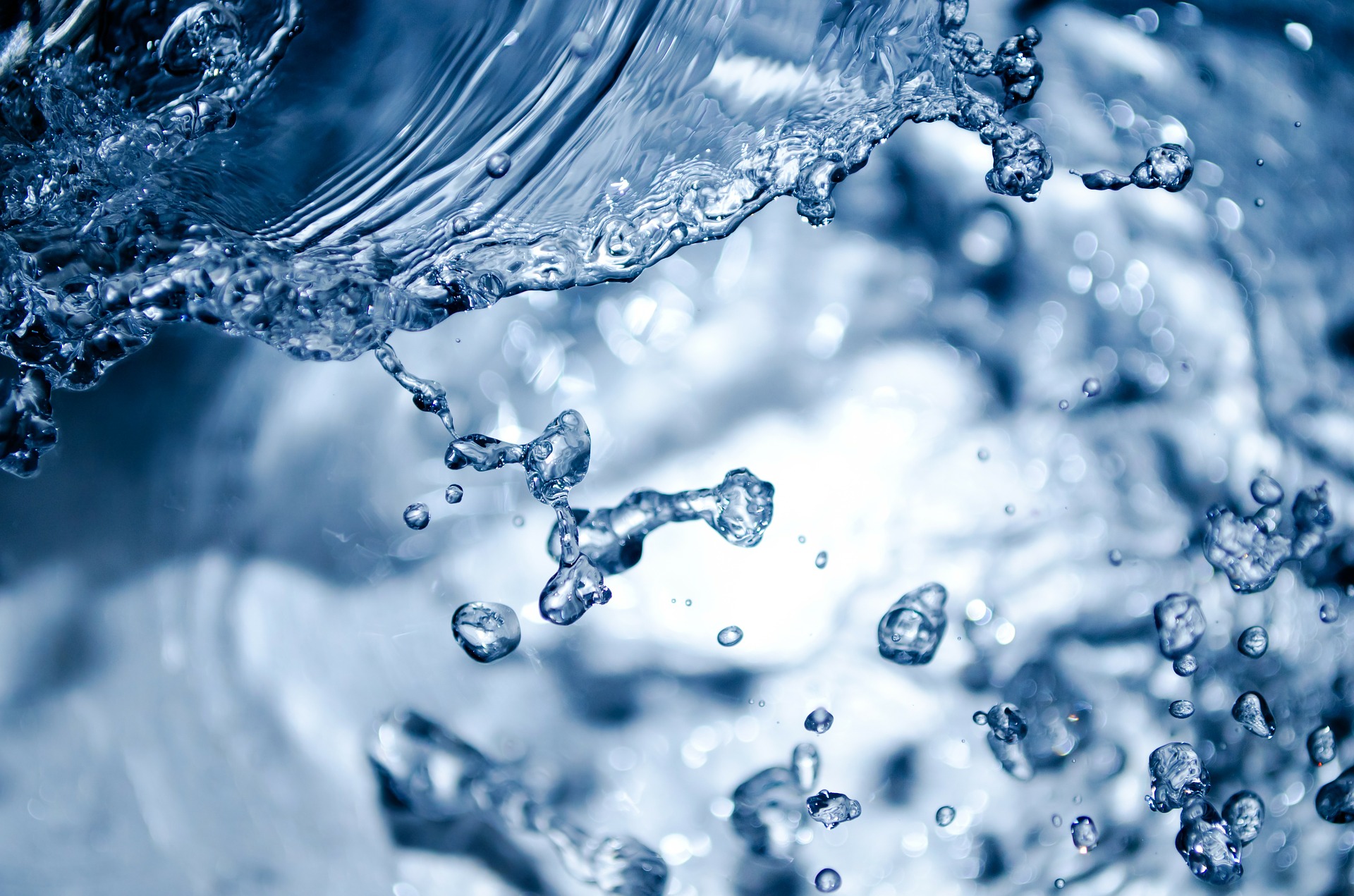
So maybe you’ve heard of flushing growing media and wonder whether it’s necessary for your hydroponic setup. Water is already constantly flowing through it, right? But growing in hydroponics means using fertilizers that are added to your water reservoirs because your plants have nowhere else to get their nutrients. And occasionally, the salt ions from those fertilizers build up as they pass through the growing media and need to be flushed out.
Why you should flush growing media
Fertilizing plants is not a perfect system. When you put synthetic fertilizer solutions into your hydroponic setup, your plants absorb much of the nutrients through their root systems. But some salt and other minerals are often left behind. Over time, these minerals will build up in your growing media and make it more difficult for nutrients to pass through to the roots.
So the simple answer to why you should flush your growing media is that it allows your hydroponic plants to access as much nutrition as possible. If you let the salt build up for too long, nutrients will be locked out, which means you’re wasting your money on fertilizers that aren’t even reaching your plants.
Signs of nutrient lockout include:
- Leaf discoloration
- Poor yield
- Lost harvest, in severe cases
The thing is that these signs also look a lot like a plant that needs more fertilizer. And really, the plant is starving either way. But adding more fertilizer in the case of nutrient lockout will only make the problem worse.
If you regularly add hydroponic solution to your indoor garden, then these signs are not likely to be from too little fertilizer. And that gives you a good indication that you are dealing with nutrient lockout and need to flush your growing media.
How to stop nutrient lockout
Flushing your growing media may sound like a tedious task, but it’s actually super easy. Like any other type of salt, fertilizer salt dissolves in water. So water is all you really need to get this job done. But you’ll need water with a TDS (total dissolved solids) level of close to zero, and tap water usually has some minerals in it already. So you’ll need distilled water, or you can use a prepared flushing agent that helps to dissolve fertilizer salts more quickly from your growing media.
In fact, if you’re already experiencing nutrient lockout, then a flushing product is essential. Flushing with plain water is only recommended if you’re doing a preventative flush. To flush growing media with a flushing product, follow the directions on the container. The best method is usually to pour the product directly into the growing media to rinse out minerals.
In order to avoid salt buildup and the resulting nutrient deficiencies from forming in the first place, you can just make it part of your indoor gardening routine to flush your plants about once per month. It’s also smart to avoid using too much fertilizer in your hydroponic setup in the first place. Again, you’re just wasting money and potentially harming your plants at that point.
Don’t always assume that poor growth means you need to add more fertilizer. Your plants may not be utilizing all that you put in. Hit up our team members at Indoor Cultivator for more tips on hydroponics.
